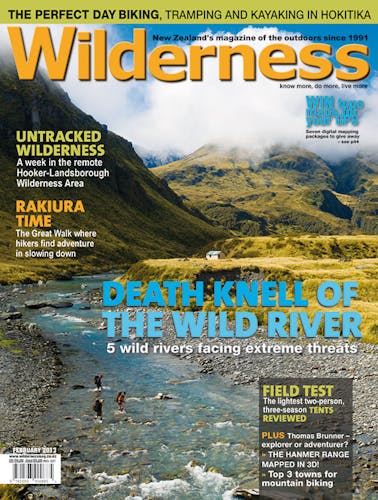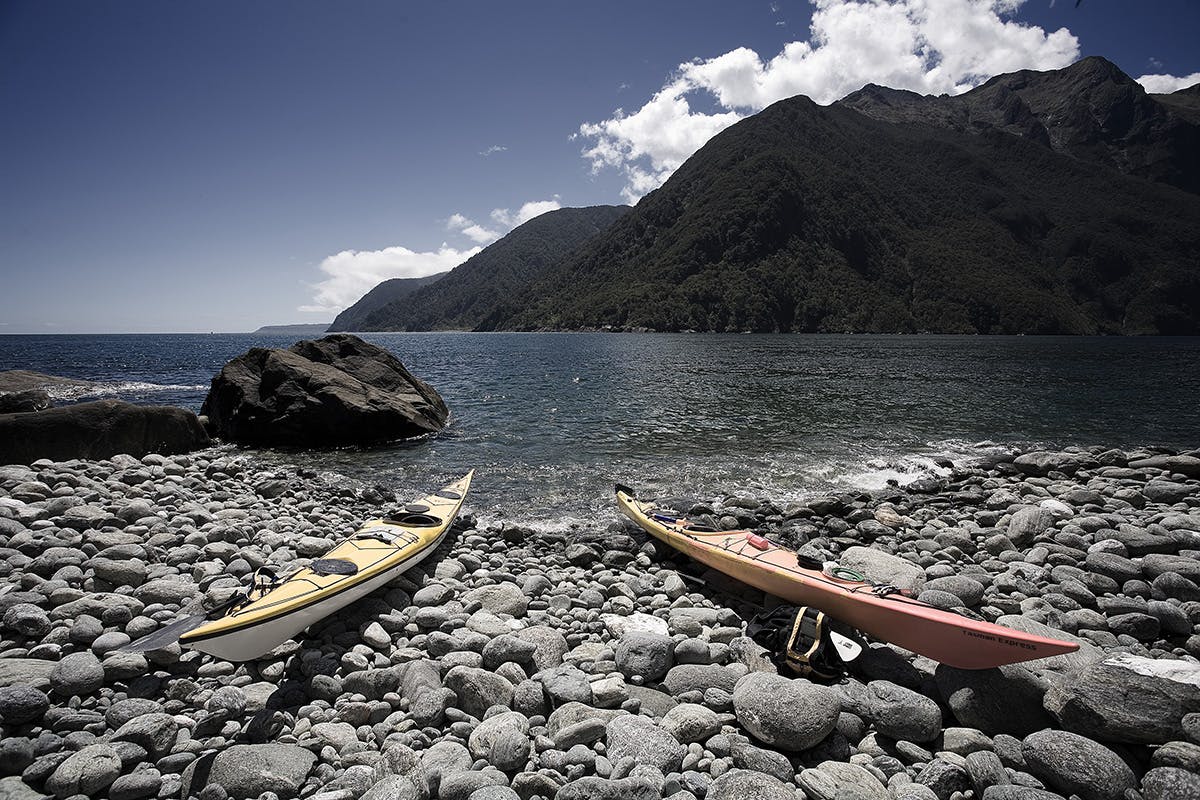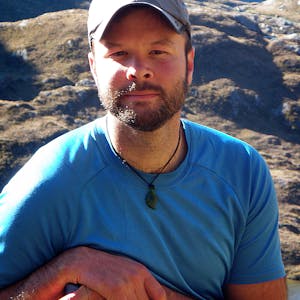The New Zealand sandfly; it’s possibly our most ubiquitous species of native fauna and definitely our least loved one – but there are a few redeeming traits
The Kiwi backcountry, it’s heaven on earth… or at least it would be if it weren’t for the swarming clouds of that little blood sucking devil – the New Zealand sandfly!
Over the years I’m sure everyone who’s spent any significant amounts of time in Fiordland or on the West Coast has begged the question: why don’t we just drop the big Mortein bomb and exterminate the brutes? I certainly have.
However, as an environmentalist with occasional Buddhist tendencies, I figured it was probably poor form to kill off an entire species without at least asking a few questions first. So before stockpiling insecticides for a final solution to the sandfly problem, I picked up the phone to Allen Heath, a parasitologist with Agresearch.
Professionally, Heath specialises in vetinary entomology; studying the various flies, ticks and mites that afflict our sheep and cattle; sandflies are more of a labour of love.
He says despite their plague numbers in some parts of the country, not much is known about them. He says even the cutting edge of scientific research is really just “taxonomy, distribution… and then a lot of abuse” and unanswered questions abound: Do sandfly larvae improve water quality? Given it’s only the females that bite, how do the males get by without the protein from blood? How do we effectively repel them? And what would happen if we removed them?
According to Heath, that last question is a particularly tricky one. “You don’t know until you do it,” he says.
“People always have this teleological question of what good are these things as if there’s some sort of purpose behind it,” he says. “What would probably happen – and this has happened in the past – is if you were to remove all the sandflies, something else would eventually take their place.”
That could be a benign, non-bloodsucking insect like caddisflies or dobson flies… or of course it could be something much much worse like an exotic species. Entomology textbooks are filled with insects which transmit horrific diseases; malaria mosquitos, Tsetse flies… or true sandflies (ours are actually misnamed blackflies) which are the primary vector for Leishmaniasis.
But perhaps the biggest change that would happen if we were to eradicate the sandflies would be social rather than ecological. We’re yet to devise a decent sandfly repellent – and that means the sandflies are very effective at repelling us.
It’s no coincidence that the Te Wahipounamu World Heritage Area is located in the south-west of the country – ground zero for sandflies. Places like Cromarty (in Preservation Inlet) and Port Craig (in Southland) were both planned to be major population centres before they were largely abandoned due to sagging commodity prices. But it’s hard to say that the sandflies didn’t play a part.
When you stand on top of a remote peak in Fiordland and see nothing but wilderness around – you really should take a moment to thank the sandflies.
Likewise Heath says the sandflies may have had an impact on New Zealand’s global political status. In the early 20th century physicist Sir Ernest Marsden started to set up a nuclear energy programme in New Zealand and began looking for uranium.
“If it wasn’t for the sandflies, it’d be a hell of a lot easier to find it,” Heath says. “He’d send his students out and they’d be just about eaten alive by the sandflies. They were more inclined to knock them off and be distracted by them than to look for uranium.
“So you could probably say the sandfly had an effect on our nuclear energy situation.”
Of course, if Sir Marsden had found uranium, chances are he would have fired up New Zealand’s own nuclear reactors – and chances are the whole nuclear free thing and the nation-defining stand against America would never have happened.
Likewise Heath says many of our major infrastructure projects like the hydro-power dams and the Hermitage were made significantly harder by the sandflies.
“The [workers] hands were just a mass of lumps. They reckon that at night they they’d be fast asleep but would be still rubbing their hands and flicking their hands around their faces – they just did it so often through the day that it got engrained in their heads, the poor devils.”
I dislike the sandfly as much as the next guy, but I must admit the thought that anyone wanting to dig a tunnel to Milford Sound or install a monorail through the Caples Valley would be eaten alive by them is a tad endearing. My enemy’s enemy is my friend.
However, despite those redeeming qualities, Heath says it’s really the practicalities of killing off the sandflies that would put the kibosh on the idea. He says to get rid of them you’d need a massive campaign of herbicides and insecticides which would denude that landscape of every scrap of vegetation.
“You’d have to alter the landscape so much that basically it wouldn’t be acceptable – and it may well bring in other problems,” he says. “We’ll just have to learn to live with the little devils I suppose.”








